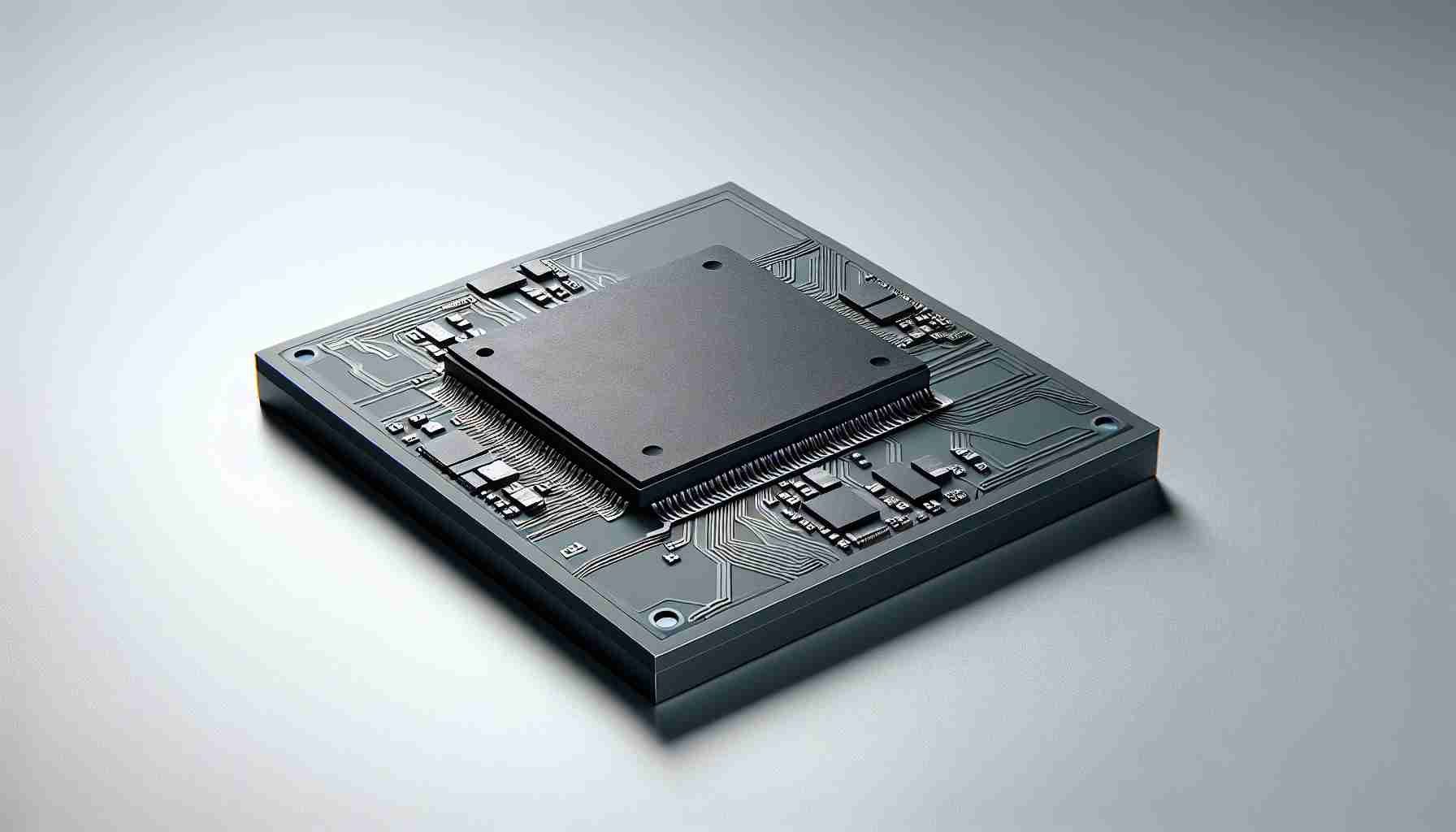Advancements in NAND Technology for Better Data Storage
The electronics industry is witnessing a competitive surge in NAND flash memory technology, where Samsung has been the market leader since the early 2000s. Despite tough competition, the company is maintaining its edge with the imminent mass production of its ninth-generation (V9) 290-layer vertical NAND chips. These innovative chips are specifically designed to enhance the performance of AI and cloud technologies, as well as to boost the efficiency of large-enterprise servers.
Competitors on Samsung’s Heels
While Samsung continues to innovate, its market dominance is challenged by competitors like SK Hynix and Yangtze Memory Technologies. SK Hynix, the second-largest memory chip producer globally, is set to deliver its own 321-layer NAND technology in the coming year. Similarly, Chinese company Yangtze Memory Technologies is not far behind, with promises to unveil 300-layer NAND chips later within the year.
Samsung’s Future Plans for NAND Dominance
Samsung isn’t resting on its laurels; it’s already planning the next move. Reports from industry experts hint at an even more transformative development: the tenth-generation (V10) 430-layer NAND chip employing Samsung’s triple-stack technology, slated for release next year. This advanced technology supports the rising necessity for high-capacity, high-performance storage in an era increasingly shaped by AI and 5G integration.
In the context of such rapid progress, industry observers have likened the fierce rivalry among leading chipmakers to a strategic brinkmanship. The implication is clear: players like Samsung set ambitious targets, with plans to unveil NAND technology exceeding 1,000 layers by the end of the decade, emphasizing their commitment to innovation and leadership in the field.
Importance of NAND Flash Memory and Industry Evolution
NAND flash memory is a type of non-volatile storage technology that does not require power to retain data. It is used in a wide range of devices, from smartphones and tablets to solid-state drives (SSDs) that are increasingly replacing traditional hard disk drives (HDDs) in computers for faster data access speeds and improved reliability. The demand for higher-capacity and faster storage solutions is growing with the proliferation of data-intensive applications in the fields of AI, IoT, and cloud services.
Key Questions and Answers
1. What are the key advantages of Samsung’s 290-layer NAND chips?
– The 290-layer NAND chips are expected to offer higher storage densities, improved performance, and better energy efficiency compared to previous generations. This leads to more powerful and efficient storage solutions for a range of applications, including enterprise servers and consumer electronics.
2. What challenges do companies face when innovating NAND flash memory?
– Challenges include the technical complexity of manufacturing more layers, maintaining the reliability and durability of the chips, managing production costs, and the perpetual race to achieve higher capacity and speed while maintaining a competitive edge in the market.
3. Are there controversies associated with NAND flash innovation?
– While not typically controversial, NAND flash innovation can be subject to concerns regarding patent disputes, trade secrets, and market competition, especially with the increasing involvement of governments in semiconductor national competitiveness and security.
Advantages and Disadvantages
Advantages:
– Increased Storage Capacity: Higher-layer NAND flash technology allows for more data to be stored in a given physical area, enabling the creation of larger-capacity storage devices.
– Performance Boost: Newer generations of NAND flash offer faster read and write speeds, which are critical for the performance of high-end computing and consumer electronics.
– Energy Efficiency: Advances in NAND technology often come with improvements in energy consumption, making devices more economical and environmentally friendly.
Disadvantages:
– Complex Manufacturing: Producing NAND flash with more layers is technically challenging, requiring sophisticated manufacturing processes that can increase the risk of yield issues and higher costs.
– Obsolescence Risk: With the rapid pace of innovation, older NAND flash technologies become obsolete quickly, which might affect consumers and industries that do not upgrade regularly.
– Market Competition: Intense rivalry among manufacturers can result in price wars and reduced profitability for companies.
For those interested in exploring further, here are related links:
– Samsung
– SK Hynix
– Similar advancements in NAND technology can also be tracked through the official websites of other key players in the semiconductor industry, such as Micron and Intel.
